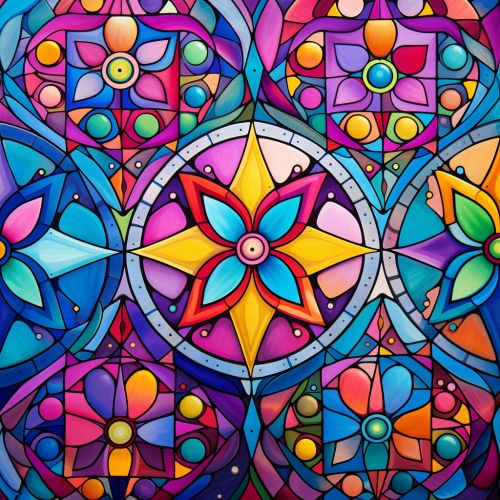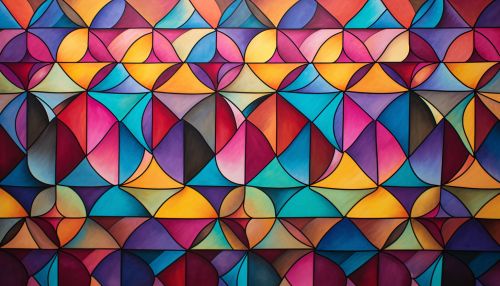Fractal Art
Introduction
Fractal Art is a form of algorithmic art created by calculating fractal objects and representing the calculation results as still images, animations, and media. Fractal art developed from the mid-1980s onwards. It is a genre of computer art and digital art which are part of new media art.


History
The roots of fractal art can be traced back to the earliest days of civilization. The concept of self-similarity and recursion, key components of fractals, can be found in the geometric patterns of ancient Islamic and Celtic designs. However, the actual term "fractal art" and its associated practices didn't come into being until the advent of computers.
The development of fractal geometry in the 1970s by Benoit B. Mandelbrot provided a mathematical framework for the creation of fractals. Mandelbrot's work was quickly adopted by artists who saw in it a new way to create visually stunning and conceptually challenging works of art.
Characteristics
Fractal art is characterized by complex, self-similar patterns that are formed through the use of mathematical functions and algorithms. These patterns can be infinitely complex, with smaller copies of the whole appearing at increasingly fine levels of detail. This property of self-similarity is one of the defining characteristics of fractals.
Fractal art is typically created using fractal generating software. This software allows artists to manipulate mathematical functions to create unique and intricate designs. The resulting images can be zoomed in to reveal further levels of detail, creating a sense of infinite complexity.
Techniques
There are several techniques used in the creation of fractal art. These include:
- Mandelbrot set generation: This is perhaps the most famous fractal, and is an example of a set of points in the complex plane. The set is named after its discoverer, Benoit Mandelbrot.
- Julia set generation: This is a set of points in the complex plane that is defined by a certain mathematical function. Julia sets can be thought of as slices through the four-dimensional Mandelbrot set.
- Iterated Function Systems (IFS): These are a method of constructing fractals; the resulting fractals are often self-similar.
- L-systems: These are a type of formal grammar most famously used to model the growth processes of plant development, but can also be used to generate self-similar fractals.
- Fractal Flames: These are a member of the iterated function system class of fractals created by Scott Draves in 1992.
Applications
Fractal art has found applications in a variety of fields. In the visual arts, it has been used to create a wide range of images, from abstract designs to realistic depictions of natural scenes. In the field of computer graphics, fractal algorithms have been used to create realistic textures and landscapes.
In addition, fractal art has been used in the study of mathematics and science. The visual representation of fractals can help to illustrate complex mathematical concepts, making them more accessible to students and researchers.
